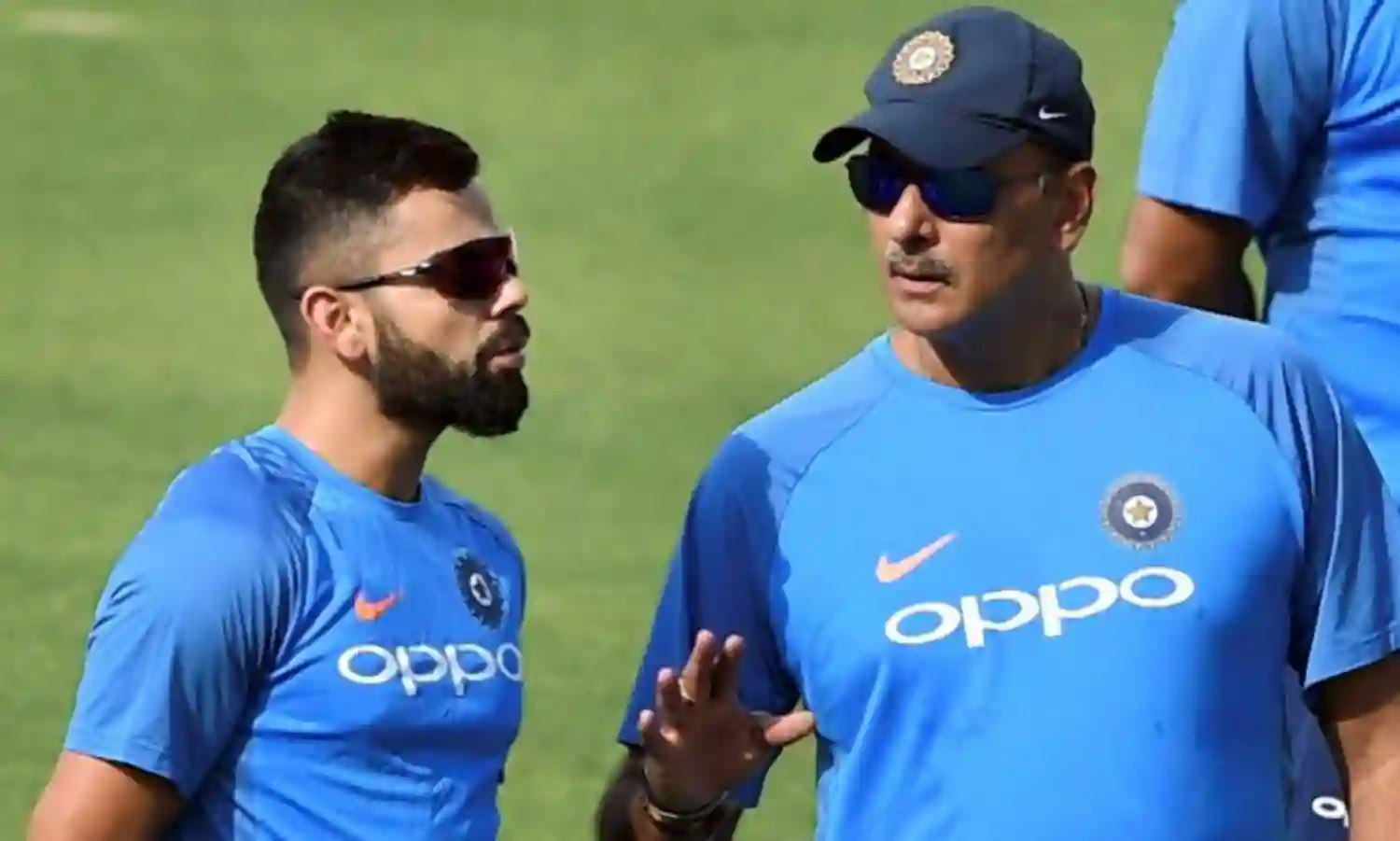What Indian Cricket Owes To The Captain-Coach Dynamic
The importance of the captain-coach relationship
Things have made a paradigm shift in the last decade for Indian Cricket, with it culminating in the year 2000, at an arena when Indian Cricket made more news than TV serials like 'Kahani Ghar Ghar Ki' and 'Kaun Banega Crorepati'. A year, which redefined India after facing serious antagonism from its fans as top quality players like Mohammad Azharuddin, Ajay Jadeja, and many others were supposed to be involved in spot-fixing.ap to
What made the Indian Team look different from what they were, was not only just the collection of good players; it wasn't just the skill of great Sachin Tendulkar, reliable Rahul Dravid, composed Laxman, or power-hitter Virendra Sehwag; it wasn't the conditions which led to favor India more than any time before - it was the cricketing brain of captain and the coach, and their relationship, which stood out to make the Indian team the formidable force it is now known as.
Though in sports like football, the strategy on and off the field is relatively a mixture of the captain and the coach, in cricket, it's always the captain who has been at the forefront, with the coach acting as a mentor from behind the scenes. The coaches who haven't broken the hierarchy and let the captain be the face have helped India reach better results. This affectionate concordance and the collective positive effort helped India to reach a crescendo which eventually culminated in some sensational performances.
Witnessing India's performance from the year 2000 both on the home soil and overseas gave spectators not only a sigh of relief but helped to see the reincarnation of Indian Cricket. Following from 2000 - present, the Indian team has been fortunate to have the combination of first Sourav Ganguly and John Wright, followed by Mahendra Singh Dhoni and Gary Kirsten, and of course Virat Kohli and Ravi Shastri. All three combinations have helped the team to be at the highest echelon today.
Sourav Ganguly and John Wright
The first of three relationships which shaped Indian Cricket was of then appointed Coach John Wright and a greenhorn skipper Sourav Ganguly. It was a turbulent phase for India and the way both individuals shaped it was sensational. John Wright, the Kiwi batsman has probably earned more respect during his stint with Indian Cricket than during his playing days.
Wright, along with Sourav Ganguly used to perform collectively and had a habit to discuss everything before coming to a decision, which was unlikely in case of Greg Chappell where Indian Cricket failed to execute their plans. The duo used to bank on their players and give ample opportunities to a player before coming on a pivotal decision. In Wright's stint with Indian Cricket, the team managed to upstage the then-strongest team Australia, reach World Cup final in 2003, and of course, managed to draw a series against the arch-rival Pakistan on their home soil.
Mahendra Singh Dhoni and Gary Kirsten
After the spat between Sourav Ganguly and Greg Chappell, the Indian team was not only looking for a coach but for someone who can rebuild the 'lost' Indian group and help them to express themselves in the best possible way. The Board of Control for Cricket in India (BCCI) ousted Greg Chappell in the year 2007 after the humiliating exit from the World Cup. With this, Gary Kirsten took the charge as the head coach in the year 2008 with Dhoni being the skipper.
Having just three years to the World Cup and likes of Rahul Dravid, Sourav Ganguly approaching their last days at the International arena, it was important for the Dhoni-led Indian team to look out for some talented young Indian players and have a mix of both senior and fresh talent. Gary's approach and Dhoni's cricketing mind helped Indian team to announce their stature and credibility and gave Indian team their second World Cup. The duo made sure that Indian cricket has enough in their bag to be on top for many coming years. Gary and Dhoni gave the Indian team a much-needed 'mindset'.
Virat Kohli and Ravi Shastri
Ravi Shastri, who first came into the set up as the Team Director served close to two years and helped the Indian team to reach the semi-finals of the 2015 World Cup. Post that, Shastri was back into the commentary box, doing what he is known in the eyes of people who grew up watching the best years of Indian Cricket in the 2000s. His stay with Indian Cricket led people all across the country to witness of what he is capable of producing.
Though the 56-year-old had hung his boots, he again came into the picture again after the relation between Anil Kumble and Virat Kohli became untenable. With Virat showing interest for Ravi Shastri, and the latter already been able to show his art of coaching, BCCI went with the idea to have him back, this time, as a head coach. It led Virat Kohli's men to occupy the number one spot in Test Cricket and also becoming pure contenders to win the 2019 World Cup which is scheduled to happen in England and Wales.





